My/Our first assignment of year two CyberARTS surrounds the different types of lighting and portraits for Photography. There are six different types that we are to research on. Here are examples of each.
1. Split lighting
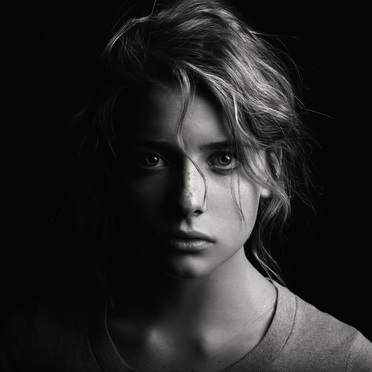
This type of lighting has light shine on only one side of the subject's face, while the other half is completely dimmed from light/has no light shining on it, making it dark.
2.Loop lighting

Loop lighting is made by creating a small shadow of the subject's noses
on their cheeks. To create loop lighting, the light source must be
slightly higher than eye level and about 30-45 degrees from the camera.
3. Rembrandt Lighting

Rembrandt lighting is identified by the triangle of light on the cheek.
Unlike loop lighting where the shadow of the nose and cheek do not
touch, in Rembrandt lighting they do meet which, creates that trapped
little triangle of light in the middle.
4. Butterfly/Glamour lighting

Butterfly lighting is aptly named for the butterfly shaped shadow that
is created under the nose by placing the main light source above and
directly behind the camera. The photographer is basically shooting
underneath the light source for this pattern. It is most often used for
glamour style shots and to create shadows under the cheeks and chin. It
is also flattering for older subjects as it emphasizes wrinkles less
than side lighting.
5. Broad loop
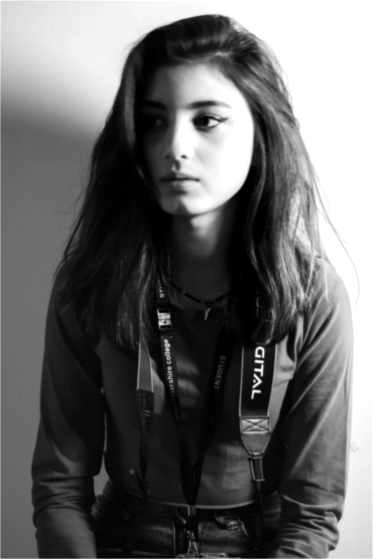
Broad lighting is when the subject’s face is slightly turned away from center, and the side of the face which is toward the camera (is broader)
is in the light. This produces a larger area of light on the face, and a
shadow side which appears smaller. Broad lighting is sometimes used for
“high key” portraits.
6. Short lighting

In short lighting, the face is turned towards the light source this
time. Notice how the part of the face that is turned away from the
camera has the most light on it and the shadows are falling on the near
side of the face, closet to the camera. Simply put short lighting has
shadows on the largest part of the face showing.
Source of information: http://digital-photography-school.com/6-portrait-lighting-patterns-every-photographer-should-know/

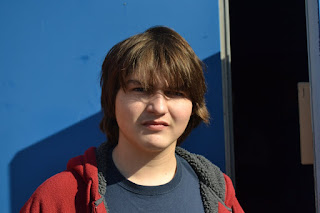

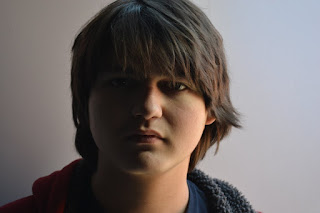



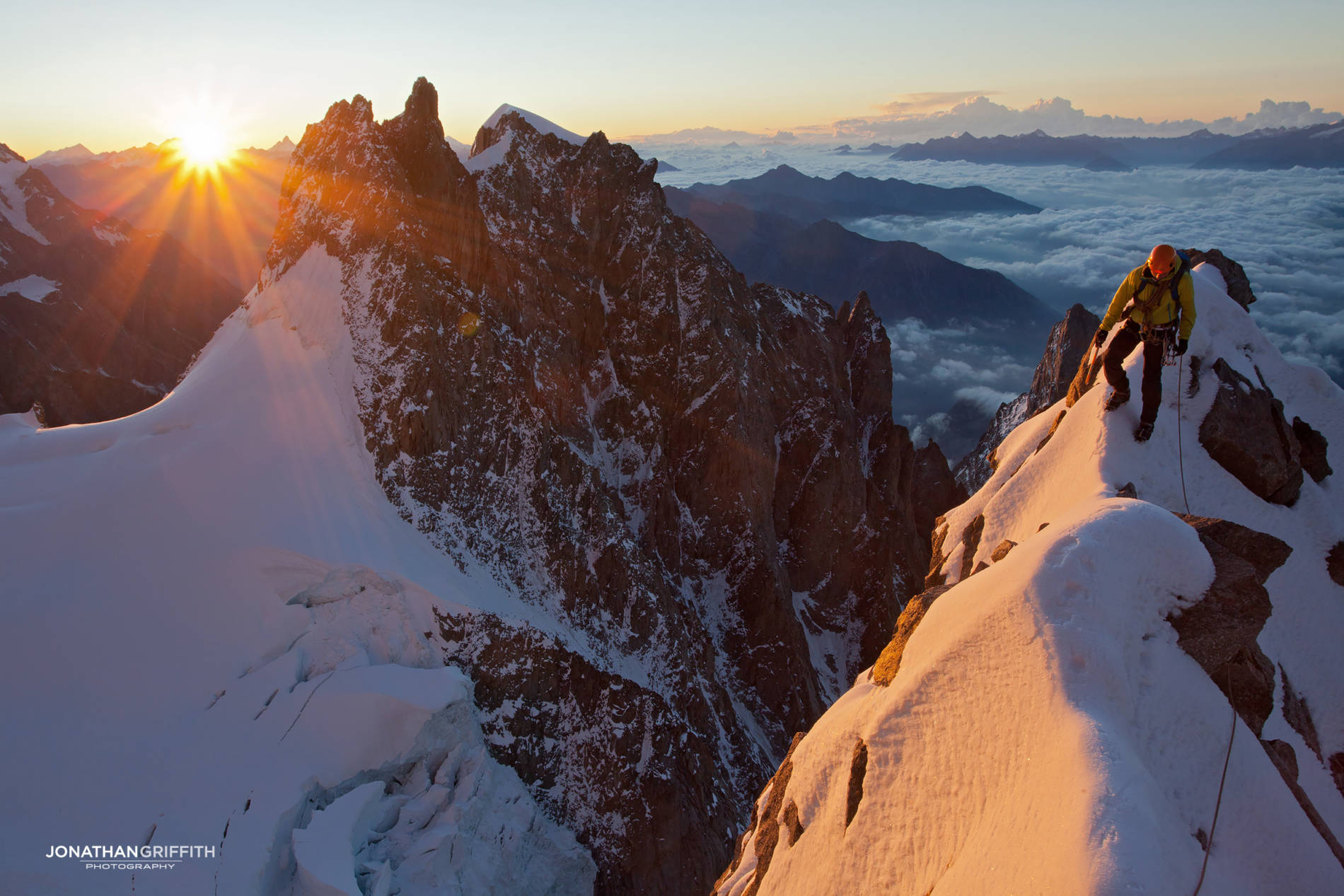
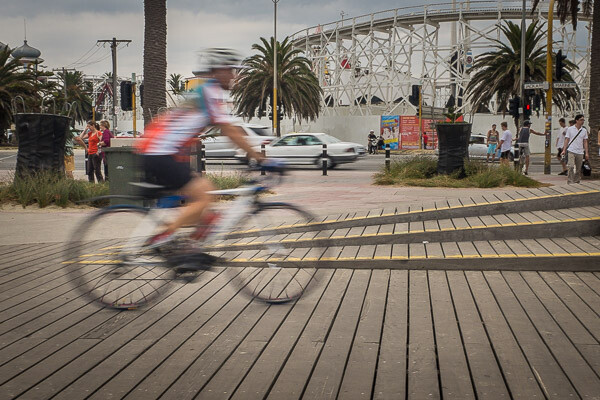
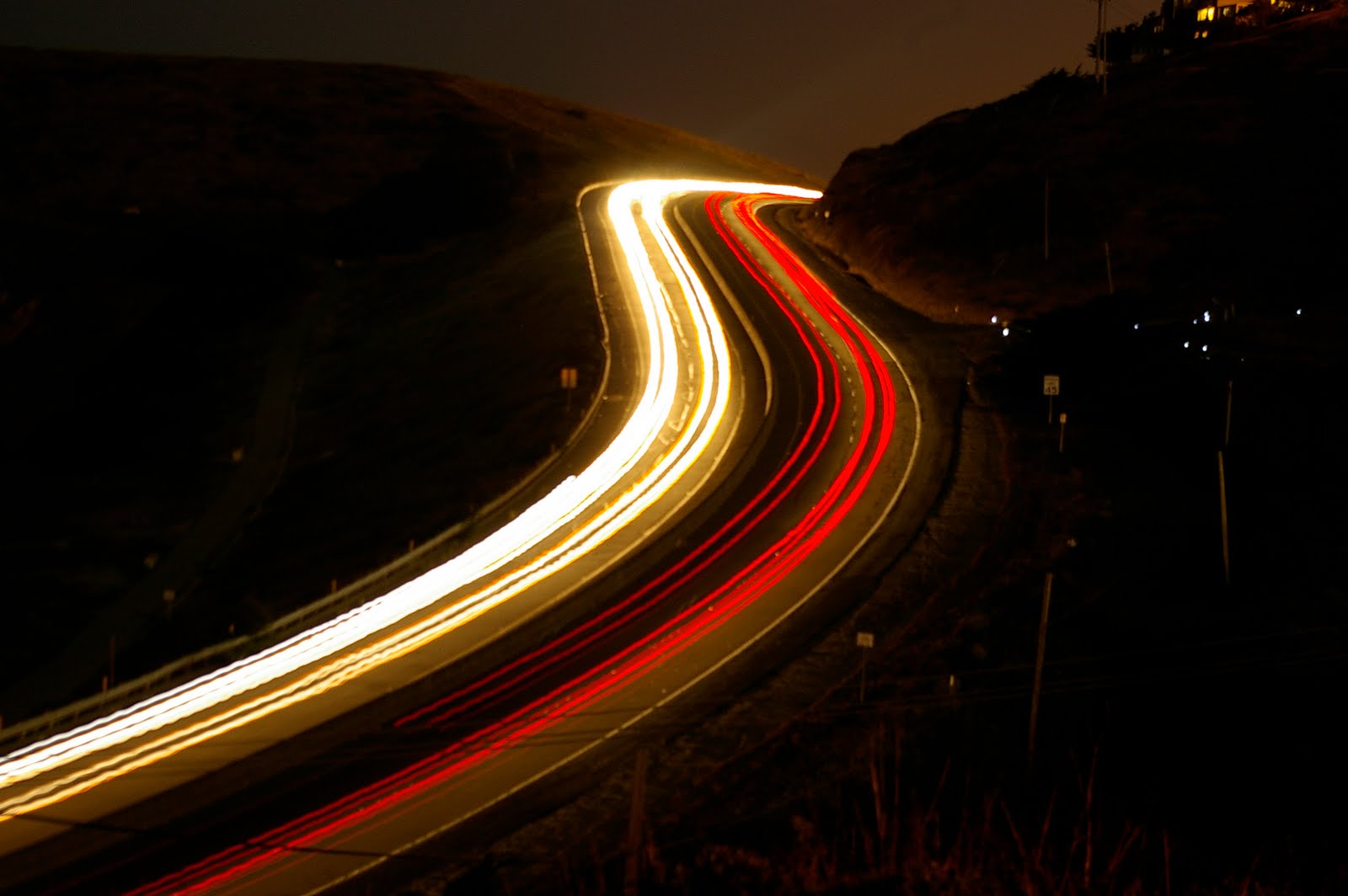



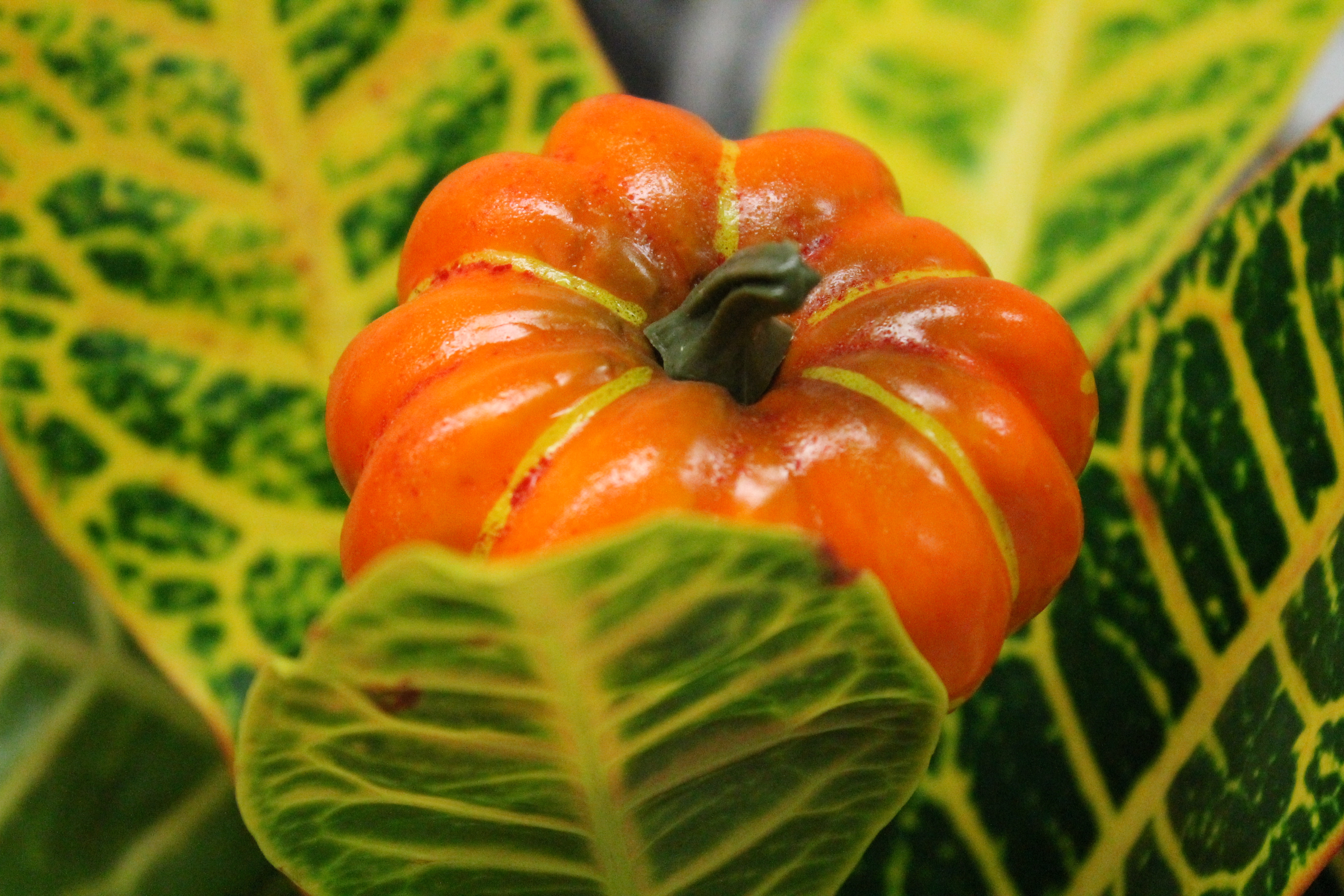



 This type of lighting has light shine on only one side of the subject's face, while the other half is completely dimmed from light/has no light shining on it, making it dark.
This type of lighting has light shine on only one side of the subject's face, while the other half is completely dimmed from light/has no light shining on it, making it dark. Loop lighting is made by creating a small shadow of the subject's noses
on their cheeks. To create loop lighting, the light source must be
slightly higher than eye level and about 30-45 degrees from the camera.
Loop lighting is made by creating a small shadow of the subject's noses
on their cheeks. To create loop lighting, the light source must be
slightly higher than eye level and about 30-45 degrees from the camera. Rembrandt lighting is identified by the triangle of light on the cheek.
Unlike loop lighting where the shadow of the nose and cheek do not
touch, in Rembrandt lighting they do meet which, creates that trapped
little triangle of light in the middle.
Rembrandt lighting is identified by the triangle of light on the cheek.
Unlike loop lighting where the shadow of the nose and cheek do not
touch, in Rembrandt lighting they do meet which, creates that trapped
little triangle of light in the middle. Butterfly lighting is aptly named for the butterfly shaped shadow that
is created under the nose by placing the main light source above and
directly behind the camera. The photographer is basically shooting
underneath the light source for this pattern. It is most often used for
glamour style shots and to create shadows under the cheeks and chin. It
is also flattering for older subjects as it emphasizes wrinkles less
than side lighting.
Butterfly lighting is aptly named for the butterfly shaped shadow that
is created under the nose by placing the main light source above and
directly behind the camera. The photographer is basically shooting
underneath the light source for this pattern. It is most often used for
glamour style shots and to create shadows under the cheeks and chin. It
is also flattering for older subjects as it emphasizes wrinkles less
than side lighting. Broad lighting is when the subject’s face is slightly turned away from center, and the side of the face which is toward the camera (is broader)
is in the light. This produces a larger area of light on the face, and a
shadow side which appears smaller. Broad lighting is sometimes used for
“high key” portraits.
Broad lighting is when the subject’s face is slightly turned away from center, and the side of the face which is toward the camera (is broader)
is in the light. This produces a larger area of light on the face, and a
shadow side which appears smaller. Broad lighting is sometimes used for
“high key” portraits. In short lighting, the face is turned towards the light source this
time. Notice how the part of the face that is turned away from the
camera has the most light on it and the shadows are falling on the near
side of the face, closet to the camera. Simply put short lighting has
shadows on the largest part of the face showing.
In short lighting, the face is turned towards the light source this
time. Notice how the part of the face that is turned away from the
camera has the most light on it and the shadows are falling on the near
side of the face, closet to the camera. Simply put short lighting has
shadows on the largest part of the face showing.